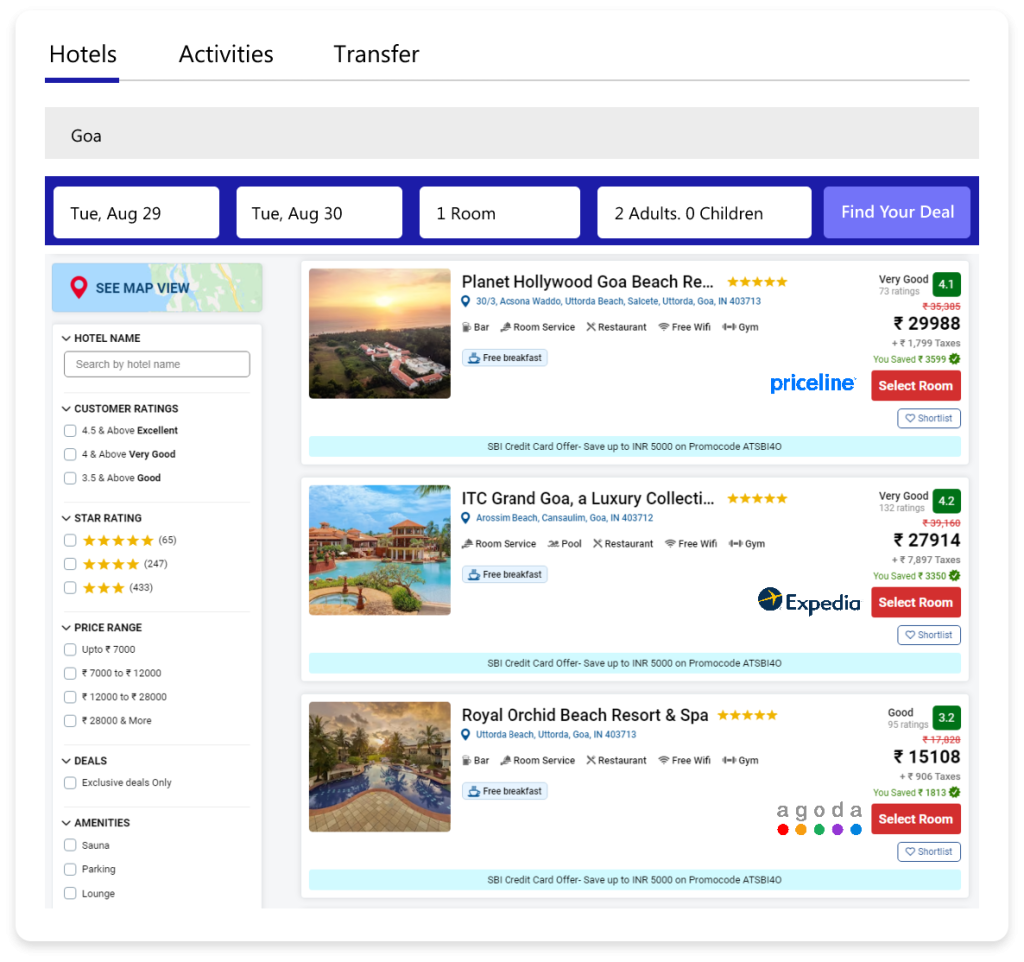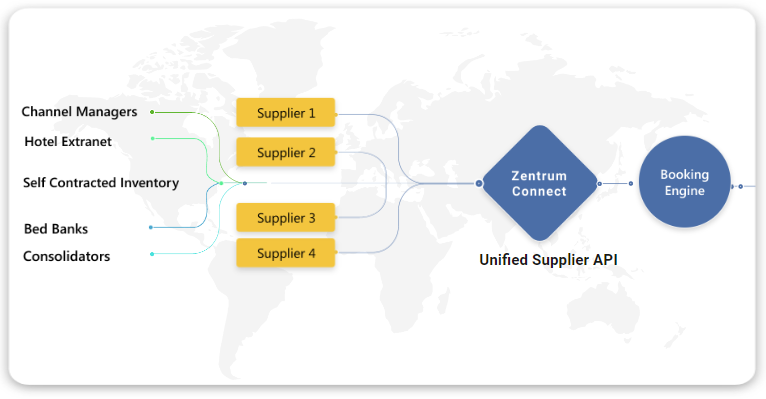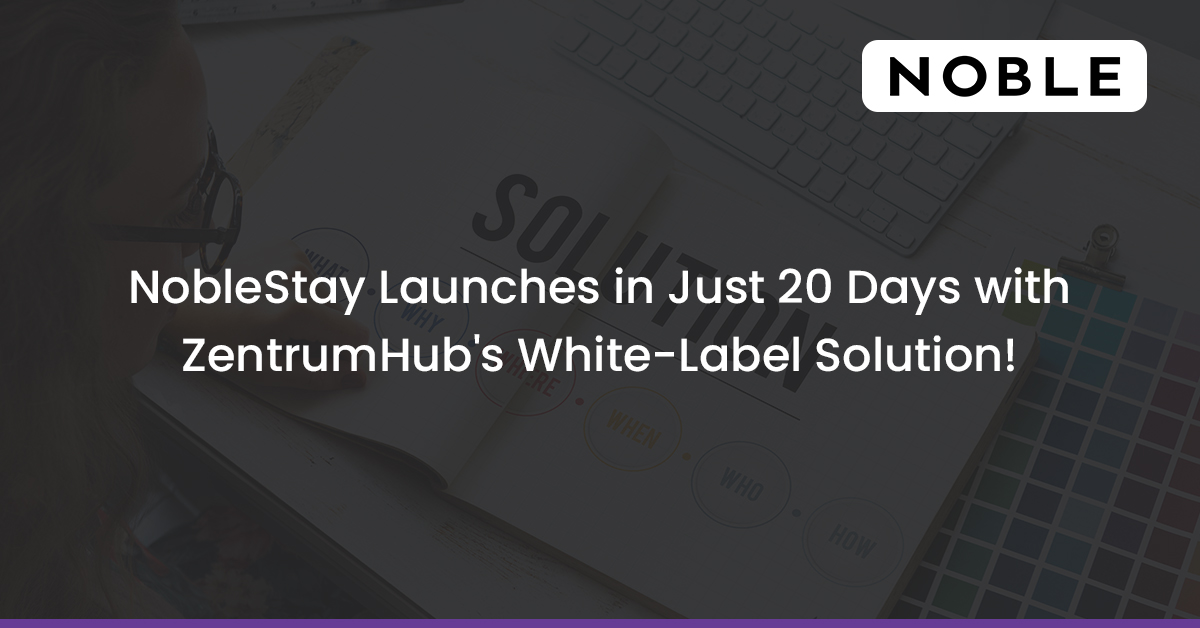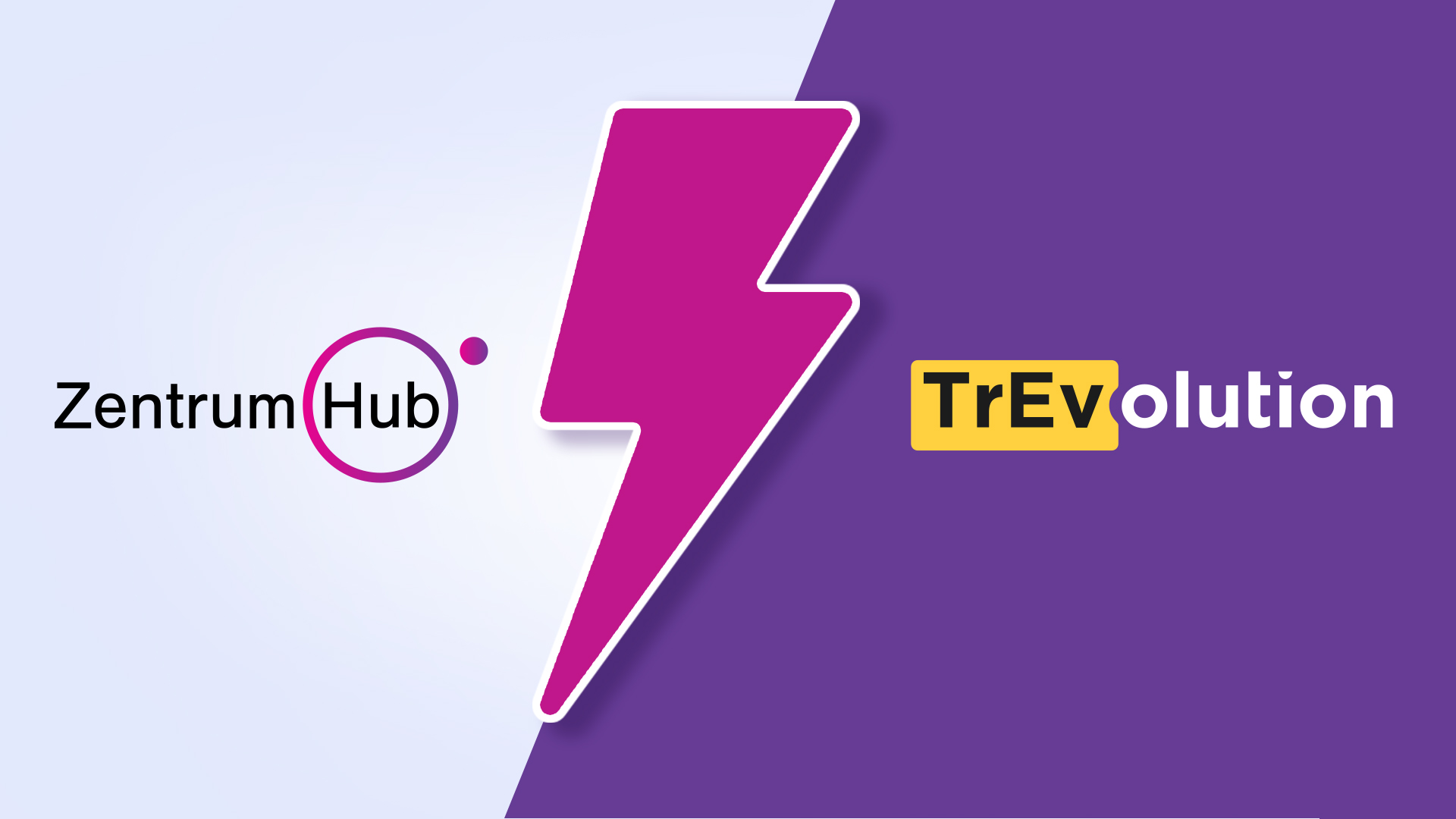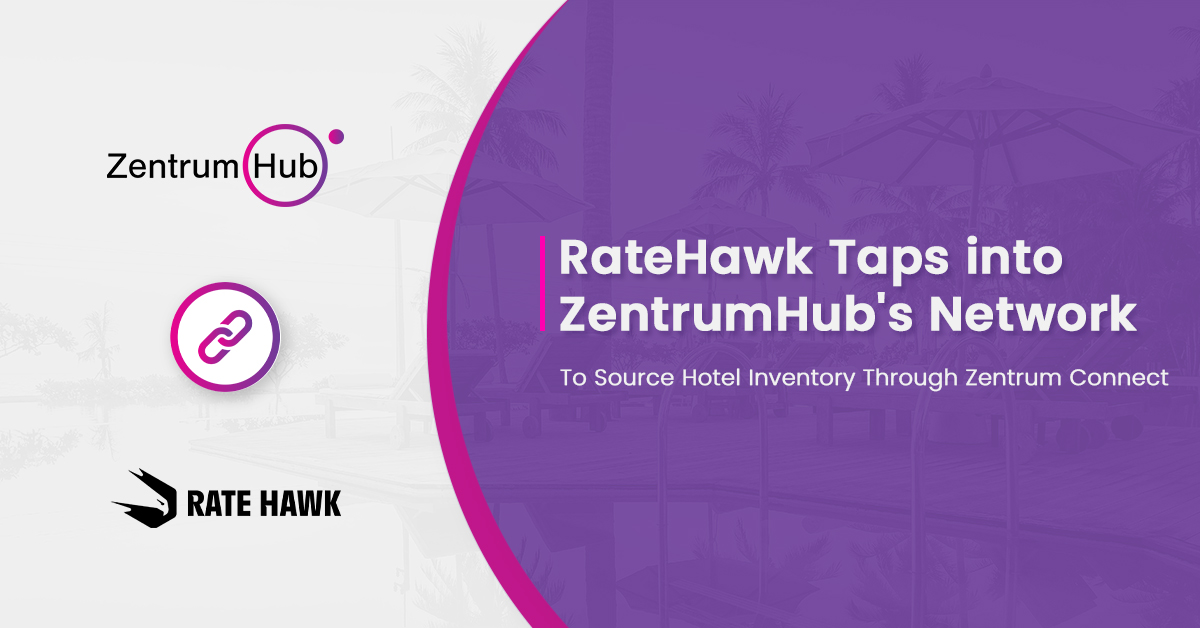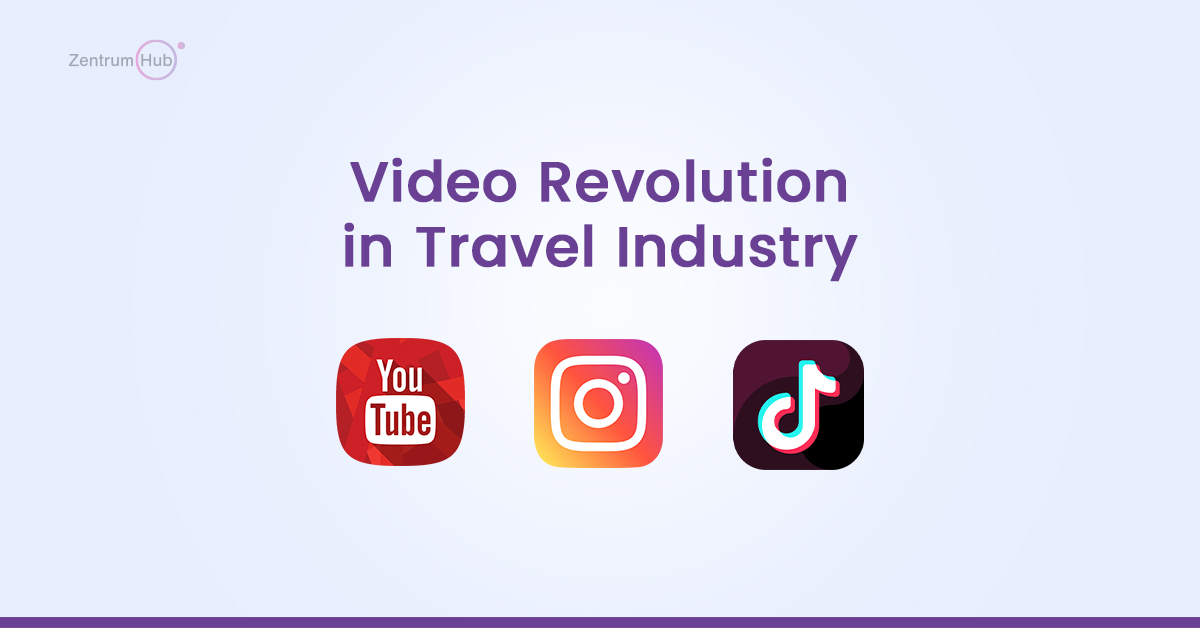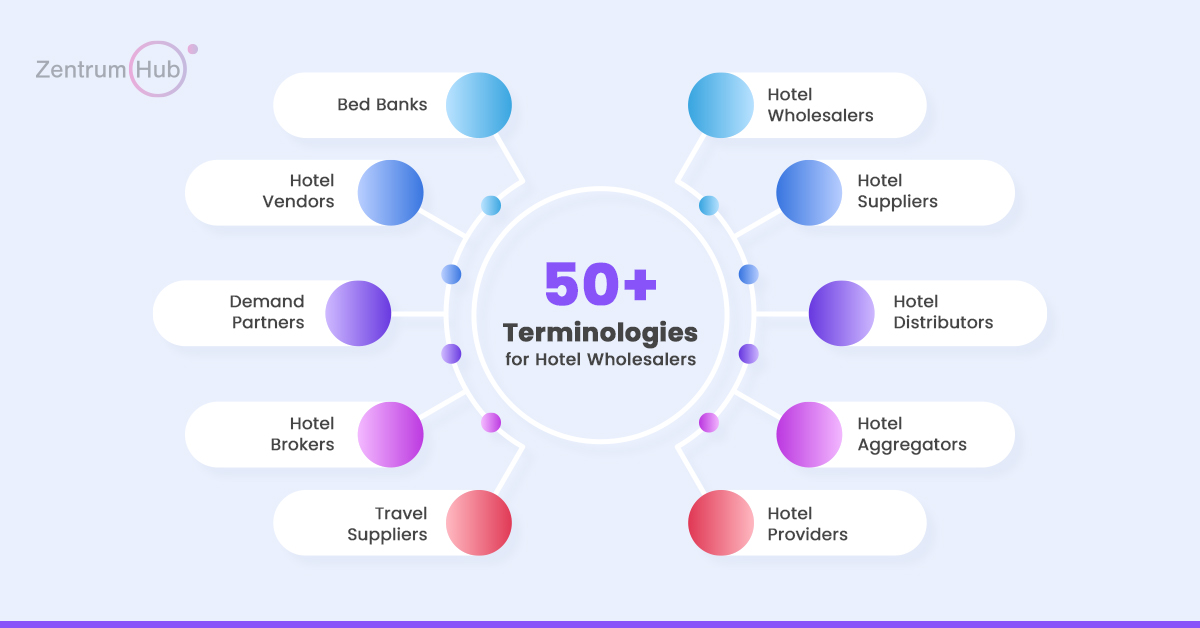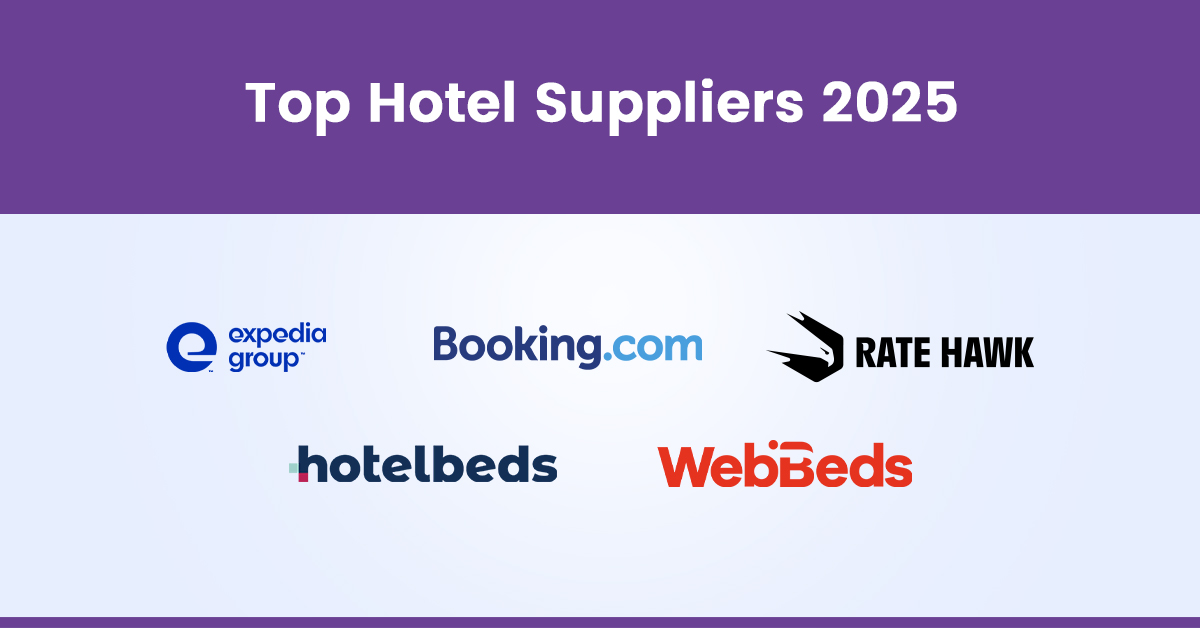Travel API Comparison: 8 Factors for Selecting the Best One
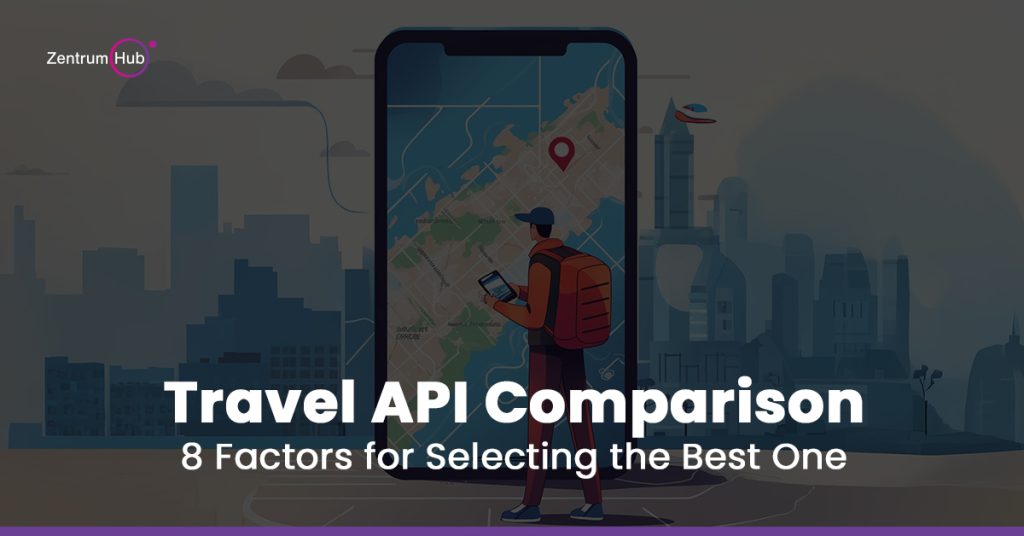
Travel API Comparison: 8 Factors for Selecting the Best One The right travel API not only expands the services available on your platform but also enhances the user experience, enabling faster booking processes and personalized travel options. However, selecting the best travel API requires careful evaluation, as various factors influence its functionality and suitability for your business model. In this blog, we’ll examine eight key factors to consider when choosing a travel API for your business. With a focus on travel API, hotel API, and hotel booking API solutions, we’ll provide insights to help you make an informed decision for a successful travel API integration. Coverage and Inventory One of the first considerations is the API’s inventory scope. Different travel APIs offer varying levels of access to hotels, airlines, car rentals, and other travel services. Assessing the API’s coverage is crucial, as it determines the breadth of options available to your customers. Global Reach: If your customers are international, a travel API with global inventory across diverse regions is essential. Hotel API and Hotel Booking API Coverage: For hotel-centric businesses, assess if the API offers extensive hotel listings, including accommodations ranging from budget to luxury hotels, independent properties, and popular hotel chains. Specialty Inventory: If you serve a niche, like eco-travel or boutique accommodations, look for an API that supports these specialized options. An API with a broad and diverse inventory lets your platform cater to a larger audience and meet a wide range of travel needs. API Documentation and Developer Support A well-documented API with strong developer support is essential for smooth integration. Comprehensive documentation saves time by providing clear instructions and code samples, helping developers understand the API’s structure and functionality. Ease of Integration: The API should have well-organized documentation, with example codes, parameter details, and error-handling instructions. Developer Tools: Look for APIs that offer SDKs, code libraries, and sandbox environments. These tools help test the API’s functionality before live deployment. Dedicated Support: Developer support options, like forums, live chat, or 24/7 technical support, can significantly reduce the time and complexity involved in the integration process. A user-friendly API with adequate support reduces the risk of integration errors, enhances developmentspeed, and ensures a reliable customer experience. Also Read Travel APIs: The Cost of Integration for OTAs Real-Time Updates and Data Accuracy Travel data, especially in sectors like hotel and airline booking, changes frequently. A reliable travel API should offer real-time updates on availability, pricing, and itineraries. Data Freshness: Real-time updates help prevent situations where customers see outdated rates or unavailable accommodations. Hotel Booking API Accuracy: For hotel APIs, ensure that details like room types, amenities, cancellation policies, and booking statuses are current. Dynamic Pricing: If your platform requires real-time pricing, make sure the API can deliver accurate pricing without delay. Accurate, real-time data enhances customer trust and minimizes issues like booking cancellations or price discrepancies, which could otherwise harm the user experience. Scalability and Performance The best travel APIs are built to handle high volumes of data requests and deliver fast performance, even during peak times. Scalability becomes essential if you anticipate significant growth in users and bookings. Load Handling: Ensure the API can manage a large number of requests per second, especially if your platform has high traffic. Latency: Low-latency APIs reduce the time it takes to display results, enhancing the user experience. Scalable Architecture: A scalable API architecture enables you to upgrade seamlessly as your user base grows without affecting performance. An API that handles scaling efficiently ensures a smooth booking experience for users, even during seasonal peaks or promotional campaigns. Customizability and Flexibility Flexibility is crucial as it enables businesses to personalize the API experience for their users. Some APIs offer more customization options, allowing you to tailor search parameters, filter results, and control the API’s overall appearance. Search Customization: Advanced search filters (like price range, star ratings, amenities) allow users to narrow down options according to their preferences. Branding Control: Some hotel booking APIs offer custom branding options so that your brand remains prominent during the booking process. Modular Features: Look for modular APIs that allow you to enable or disable specific features according to your platform’s needs. Customizable APIs provide more control over user experience, enabling you to build a unique, branded platform that stands out. Also Read Travel API Integration: Types, Pricing, Benefits & Timeline Pricing Structure and Cost Transparency The pricing model is a critical factor, especially for small or mid-sized travel platforms with limited budgets. Travel API pricing can vary based on usage volume, functionality, and the type of data accessed. Transaction-Based Pricing: APIs may charge per booking or per search request. Assess if this aligns with your business model. Subscription Fees: Some APIs use a fixed subscription cost, which can be ideal for companies with high booking volumes. Freemium Options: Some travel APIs offer basic functionality for free with paid upgrades for additional features. Ensure the pricing model fits your budget and aligns with your projected usage to avoid unexpected costs. Security and Compliance Data security and compliance are paramount when handling personal and payment data. An ideal travel API should meet industry standards for data protection, especially if your platform deals with sensitive customer information. Data Encryption: APIs should use SSL encryption to secure data during transmission. PCI Compliance: For platforms that process payments directly, ensure the API complies with Payment Card Industry (PCI) standards. GDPR Compliance: If your customers are from the EU, check that the API meets GDPR standards for data protection and user privacy. Security-compliant APIs help build customer trust and protect your business from potential legal and financial liabilities. User Experience and Interface Design Finally, consider the overall user experience (UX) the API will provide. An API with a well-designed interface ensures a seamless, engaging booking process for users. Ease of Use: The API should simplify complex booking tasks, making it easy for users to find and book travel options. Consistent Experience: The UI should integrate seamlessly with your platform to offer
Why Do OTAs Need Travel API?
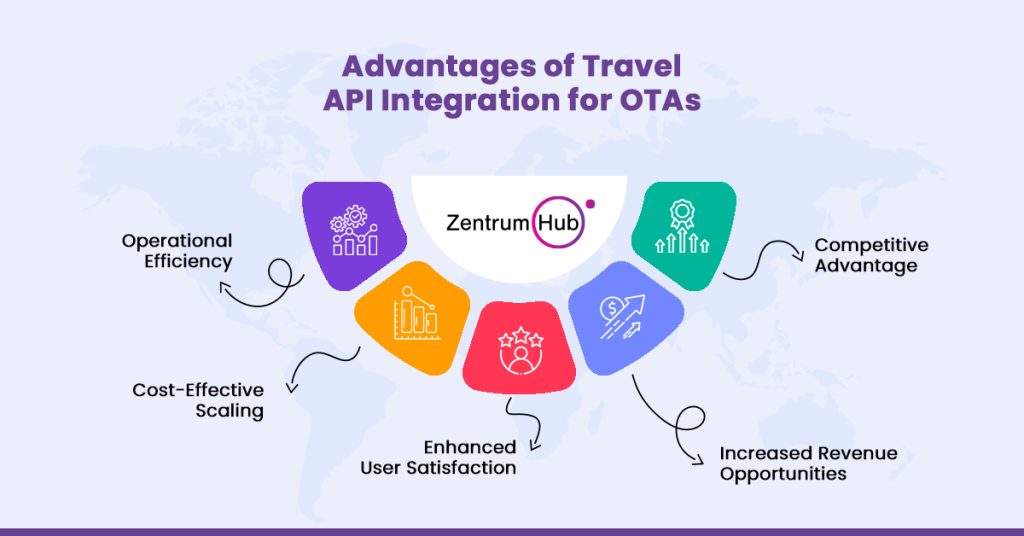
Online Travel Agencies (OTAs) have revolutionized the way travelers book flights, accommodations, and various services related to travel. Instead of requiring customers to navigate multiple sites, OTAs bring everything into a single, user-friendly platform. At the heart of this convenience lies the power of Travel APIs. When integrated various Travel APIs, OTAs can provide real-time information on flight availability, hotel options, rental cars, and more, ensuring seamless and efficient booking experiences for travelers. This blog explores the importance of Travel API integration for OTAs, focusing on the key advantages and types of APIs that contribute to OTAs’ success. The Role of Travel APIs in OTA Functionality A Travel API acts as a bridge between the OTA and various travel service providers, allowing for a two-way data exchange. Through APIs, OTAs can access a vast database of flights, hotels, and other services. Travel APIs pull real-time data from multiple suppliers and display this information on the OTA’s interface, making it easy for customers to find and book their preferred services. Key benefits of Travel APIs for OTAs include: Access to Real-Time Data: With Travel APIs, OTAs offer real-time availability and pricing to users. Automated Booking Processes: APIs enable automated booking without manual intervention, saving time for both travelers and OTAs. Wider Inventory Access: OTAs can provide an extensive range of travel options without holding inventory themselves. Enhanced User Experience: APIs streamline the booking process, improving overall user experience. Types of Travel APIs and Their Importance 1. Hotel Booking API Hotel Booking APIs are essential for OTAs as they enable seamless connections to thousands of hotels worldwide. By integrating a hotel booking API, OTAs offer users access to various hotel options based on location, budget, amenities, and availability. Key Benefits: Wide Selection: Access to a vast range of hotels without holding physical inventory. Dynamic Pricing: Real-time pricing and availability updates, ensuring that the information displayed is current. Personalized Options: Filtering and sorting functions allow users to find accommodations that suit their needs and preferences. For OTAs, hotel booking APIs also eliminate the need for individual partnerships with hotels. Instead, they can connect to a single API and access a broader inventory, saving time and expanding reach. 2. Flight Booking API Another critical component for OTAs is the Flight Booking API. This API enables OTAs to connect with airlines worldwide, providing travelers with up-to-date flight schedules, availability, and pricing. This allows OTAs to compete with traditional airline booking websites, offering customers the same information in one consolidated platform. Key Benefits: Comprehensive Information: API integration brings together schedules, prices, and seat availability from multiple airlines. Booking Flexibility: Customers can book one-way, round-trip, or multi-city flights with ease. Real-Time Updates: Flight information, including delays and cancellations, is updated instantaneously. Increased Revenue Opportunities: OTAs can generate additional revenue by offering various airline options. With a flight booking API, OTAs create a more competitive platform that serves the varied needs of travelers by enabling real-time comparisons across airlines. 3. Car Rental API For travelers who require ground transportation, OTAs can utilize a Car Rental API to provide rental options from companies worldwide. Integrating this API allows OTAs to enhance their service offerings, enabling users to book cars alongside flights and hotels. Key Benefits: Integrated Travel Planning: Users can plan entire trips, including ground transportation, on a single platform. Flexible Options: Availability of different vehicle types and rental durations. Convenience and Time-Saving: Booking cars through OTAs saves users the hassle of going through multiple car rental websites. Car rental APIs help OTAs build a well-rounded platform by catering to diverse transportation needs, ensuring users have everything they need to navigate their destinations with ease. 4. Tour and Activity API An often-overlooked yet essential API for OTAs is the Tour and Activity API. This API connects OTAs to local tour operators, enabling users to book activities such as city tours, excursions, or adventure sports. Key Benefits: Enhanced User Experience: Users can plan their itineraries with activities that suit their interests. Increased Revenue Streams: OTAs can earn commissions on booked tours and activities. Differentiated Offerings: A diverse range of activities sets OTAs apart from competitors. By offering tours and activities alongside accommodations and transportation, OTAs give customers a full-service travel experience, making them the go-to solution for all travel-related bookings. Advantages of Travel API Integration for OTAs Integrating travel APIs provides OTAs with an edge in the competitive travel industry. The most significant benefits include: 1. Improved Operational Efficiency By automating the booking process, Travel APIs reduce the need for manual operations. This leads to reduced operational costs, fewer errors, and faster processing times. Automated bookings and payments also allow OTAs to scale their business without requiring significant investments in customer support or back-end staff. 2. Cost-Effective Scaling Through Travel API integration, OTAs gain access to multiple suppliers without having to maintain direct relationships with each one. They can scale up their inventory at a fraction of the cost, reaching a broader audience and increasing their potential revenue. 3. Enhanced User Satisfaction Providing real-time information and a seamless booking process is critical to retaining customers. When travelers can effortlessly search, compare, and book travel services, they are more likely to return to the platform. APIs ensure OTAs have accurate and up-to-date information, enhancing user satisfaction and loyalty. 4. Increased Revenue Opportunities Travel APIs enable OTAs to introduce various ancillary services—such as flight add-ons, extra baggage options, or car rentals—which can boost revenue. Cross-selling and upselling become easier with the flexibility that APIs provide, allowing OTAs to recommend complementary services during the booking process. 5. Competitive Advantage In a crowded market, offering a comprehensive range of services and real-time data is a major competitive advantage. OTAs that leverage travel APIs can keep up with industry changes and offer personalized solutions that make the platform more attractive to travelers. Implementing Travel API Integration for OTAs The process of integrating travel APIs into an OTA platform involves a few key steps: Selecting the Right APIs: OTAs need to decide on the types of
Travel APIs: The Cost of Integration for OTAs
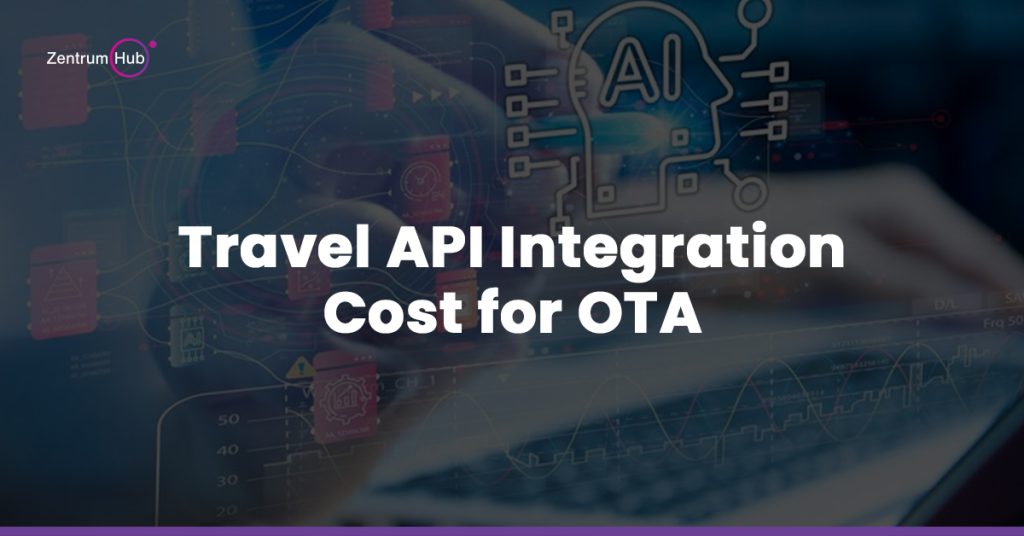
Travel APIs: The Cost of Integration for OTAs With the surge of digital transformation across industries, Online Travel Agencies (OTAs) have become essential platforms for customers seeking hassle-free booking options. A significant component of OTAs’ functionality and seamless user experience hinges on integrating various Travel APIs. These APIs allow OTAs to access and display live information on flights, hotels, car rentals, and other travel-related services. While beneficial, Travel API integration can come with substantial costs and challenges. This blog delves into the types of Travel APIs, their integration costs, and the complexities OTAs face. The Costs Involved in Travel API Integration While integrating Travel APIs brings obvious advantages, it also comes with costs. These costs can vary widely based on the API provider, the complexity of the integration, and the OTA’s specific needs. 1. API Provider Fees Each API provider charges differently, often on a pay-per-use, monthly subscription, or revenue-sharing model. Costs can vary based on: Volume of Requests: The higher the number of API requests, the greater the cost. Many providers offer tiered pricing structures to accommodate different business sizes. API Type: Specialized APIs (e.g., luxury hotel or premium airline APIs) may be more costly due to the exclusivity and quality of the data. Add-On Services: Some providers offer add-ons like customer support, analytics, or premium features at an additional cost. 2. Development and Integration Costs Beyond licensing, integrating APIs requires technical expertise. These costs can include: Developer Costs: Skilled developers are required to integrate, test, and optimize APIs. This is particularly crucial for ensuring that APIs are well-integrated and work seamlessly across the OTA’s platforms. Customization Costs: If APIs need to be tailored to fit specific OTA requirements, customization may increase costs due to the additional development work. Testing and Quality Assurance: Comprehensive testing is necessary to ensure APIs function correctly without disrupting the OTA’s operations. This often involves investing in quality assurance teams and resources. 3. Maintenance and Support API integration is not a one-time cost; ongoing maintenance and support are essential to ensure continuous functionality: Version Updates: APIs are frequently updated to enhance functionality or security. Maintaining compatibility with these updates requires ongoing work. Downtime Management: APIs may occasionally experience downtime, requiring immediate action to minimize disruptions. Many OTAs allocate resources specifically to manage such incidents. Customer Support: APIs require dedicated support to address any technical issues that may arise, and some OTA-specific support teams may work closely with the API providers to troubleshoot as needed. 4. Security and Compliance Costs Since OTAs handle sensitive customer data, API integration must adhere to industry security standards to avoid breaches. Key expenses include: Data Encryption and Security Protocols: Ensuring data security through encryption, firewalls, and intrusion detection systems can be costly but necessary. Compliance Costs: APIs must comply with data protection regulations, such as GDPR, which may require extra investment in legal consultation and monitoring tools. Balancing API Integration Benefits and Costs for OTAs Benefits of Travel API Integration Improved User Experience: Real-time data from APIs allows OTAs to offer a smoother, more engaging customer experience, increasing loyalty and retention. Market Competitiveness: API integration enables OTAs to provide a wide variety of travel services at competitive rates, making them more attractive than smaller or less integrated competitors. Revenue Growth: By offering comprehensive travel packages and a streamlined booking process, OTAs can increase their revenue through higher customer satisfaction and expanded services. Managing and Mitigating Costs Given the high costs, OTAs should adopt strategies to manage and optimize their API integrations effectively: Selective API Usage: Not all APIs are essential for every OTA. Focusing on high-impact APIs can reduce costs while maintaining competitive functionality. Monitoring Usage and Limiting Requests: Regular monitoring of API usage can help avoid unnecessary data calls, keeping costs in check. Using Third-Party Platforms: Some third-party platforms consolidate multiple API providers, offering bundled packages that can reduce expenses and simplify integration. Also Read Travel API Comparison: 8 Factors for Selecting the Best One Challenges in Travel API Integration for OTAs Even with the best planning, integrating APIs comes with challenges that can impact both cost and functionality. 1. Data Consistency and Synchronization Issues When OTAs integrate multiple APIs from different providers, inconsistencies can arise due to data formatting differences. Synchronizing this data accurately across platforms can be complex and time-consuming. 2. Latency and Performance Issues APIs may occasionally cause latency, particularly if the OTA relies on multiple, high-traffic APIs simultaneously. This can slow down the booking process, negatively affecting the user experience and reducing conversions. 3. Dependence on Third-Party Providers Reliance on external API providers can make OTAs vulnerable to service disruptions. If an API provider experiences downtime or terminates its services, it can disrupt the OTA’s offerings, leading to revenue losses. 4. Security and Privacy Risks As OTAs handle customer data, integrating third-party APIs introduces risks of data breaches. Providers must ensure API security and compliance with industry regulations, which may add complexity and cost. Want to Learn More? Check Out These Hotel API Blogs Travel API Comparison: 8 Factors for Selecting the Best One Why Do OTAs Need Travel API? Travel APIs: The Cost of Integration for OTAs Travel API Integration: Types, Pricing, Benefits & Timeline How Can Startups and OTAs Maximize Revenue with Hotel Booking APIs? How to Optimize Your Platform with Hotel API Integration? Complete Guide to Hotel API Integration: Costs, Benefits, Technical Challenges in Hotel API Integration and How to Overcome Them How to Choose the Best Hotel API Provider? Key Features to Evaluate Hotel API Integration Costs: Pricing Methods for OTAs Explained What is the Difference Between B2C and B2B Hotel Booking API? Role of Hotel Booking APIs in Hotel Booking Engine? Conclusion Travel API integration is essential for OTAs to deliver a competitive, comprehensive travel experience to users. However, the costs of API integration—ranging from licensing fees to maintenance and security expenses—can be substantial. While these costs are often necessary investments to meet customer expectations and industry standards, strategic management can help balance expenses and benefits. As technology



